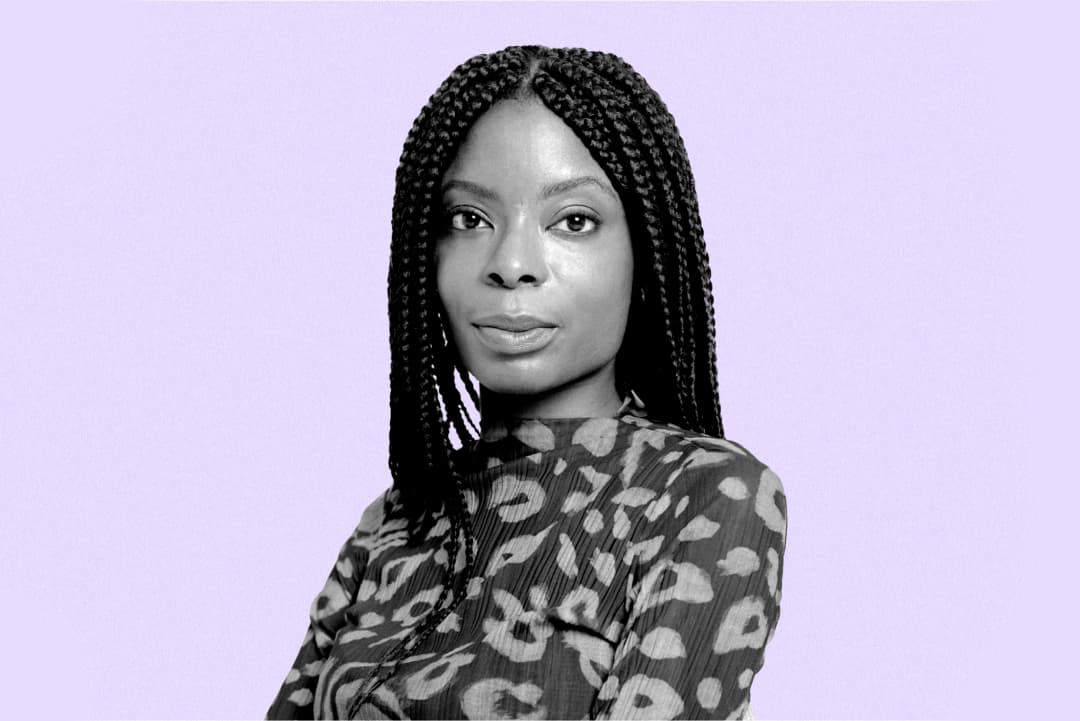
Property
Otegha Uwagba on homeownership
By Otegha Uwagba
How Much Does It Cost?

As I entered a new decade – my seventies – I also started a new chapter of my career. Fifty years after completing my training, I’ve become a full-time sculptor.
Earning a living from something I love feels like a dream come true – even if it comes at a cost. Each piece takes a lot of upfront cash, so I rarely ‘make’ money, but everything I’ve done to make it work has been completely worth it.
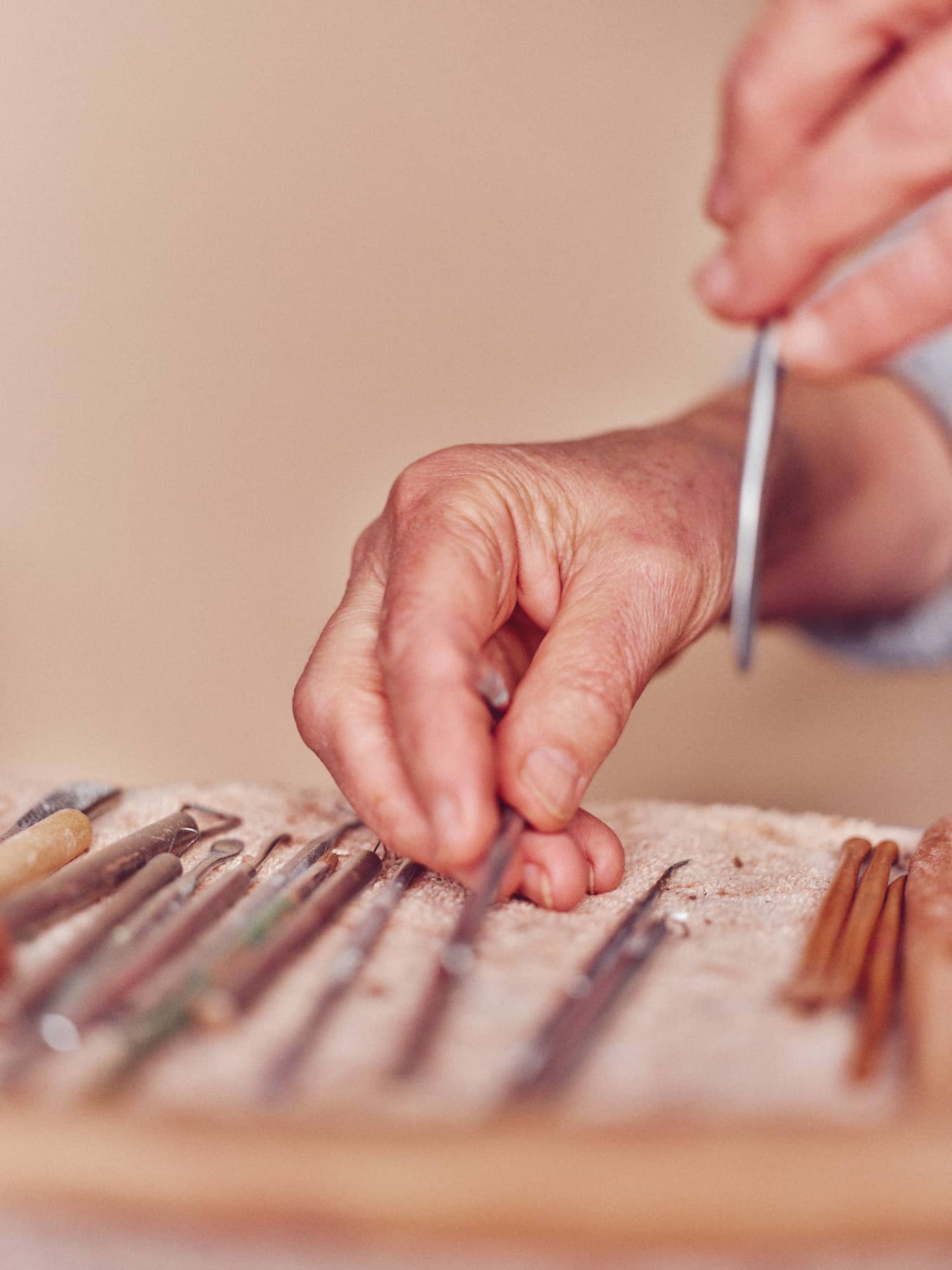
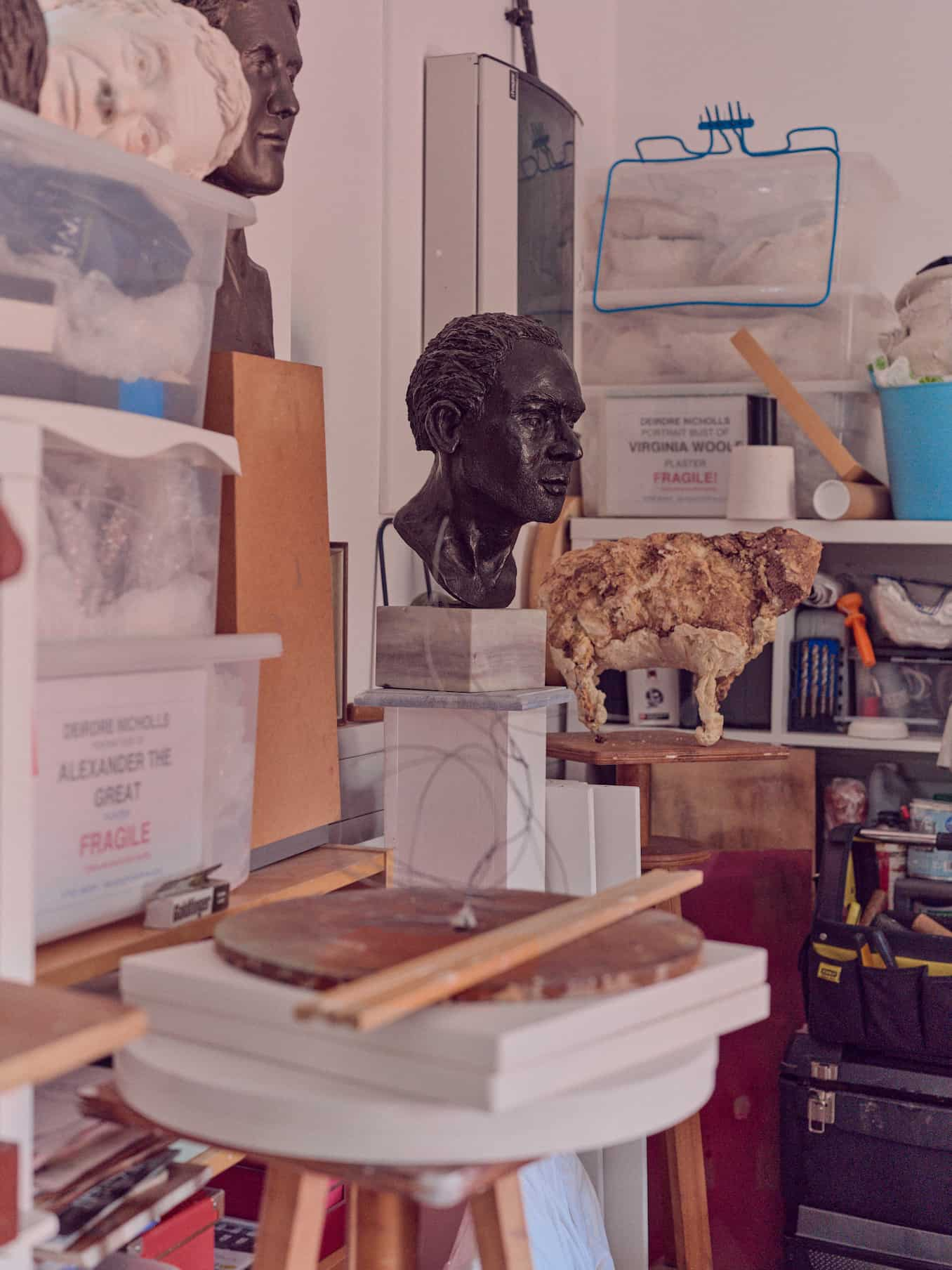
Every morning, my alarm goes off at 5.30am and I make my way to my little studio in the Scottish Borders to work on my next project. So far, I’ve had a piece exhibited at all three Royal Academies: London, Edinburgh and Belfast.
The story of the Belfast exhibit really sums up what it’s like to be an artist. When you submit a piece, there’s no guarantee that it will be accepted. A few years ago, I paid for a piece to go to London (which cost £250) for round 2 in a gallery’s selection process. Even though the committee had already seen photographs of it, they rejected it. I had to pay the same again to get it home – for nothing!

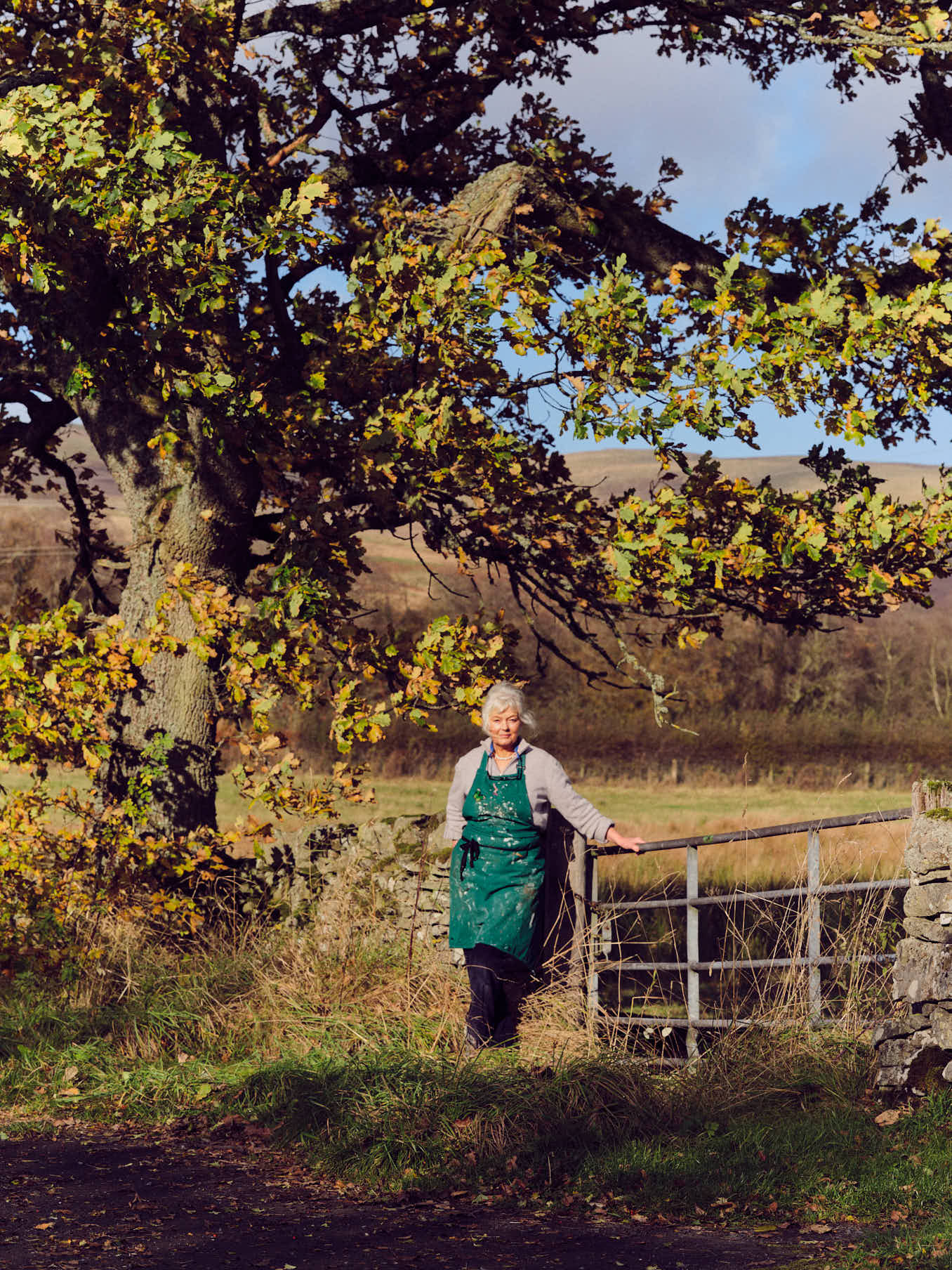
I didn’t want to make the same mistake twice when it came to sending a piece to Belfast so I decided to take it myself, rather than paying a courier a fortune. I got the bus over to the West Coast (free with my bus pass!) and took the ferry (£100 return).
The piece I submitted is a bright pink sheep called Hello Dolly. She’s a third of the size of a real-life sheep and is a ‘clone’ of the bronze sheep I made for a big outdoor sculpture festival.
The bronze looked great outside but I didn’t think it would have the wow factor needed for the rigorous Royal Academy (RA) selection process.
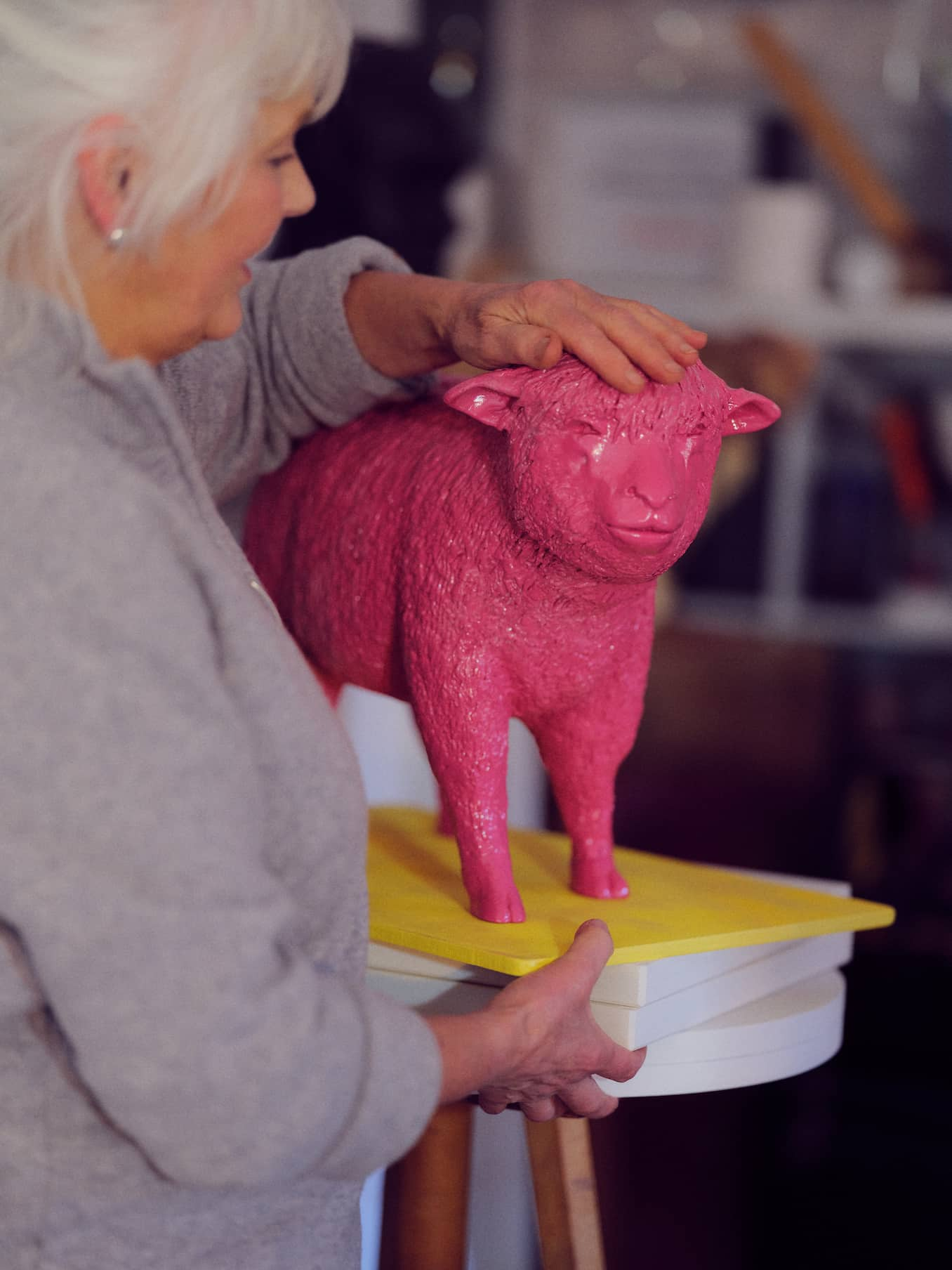
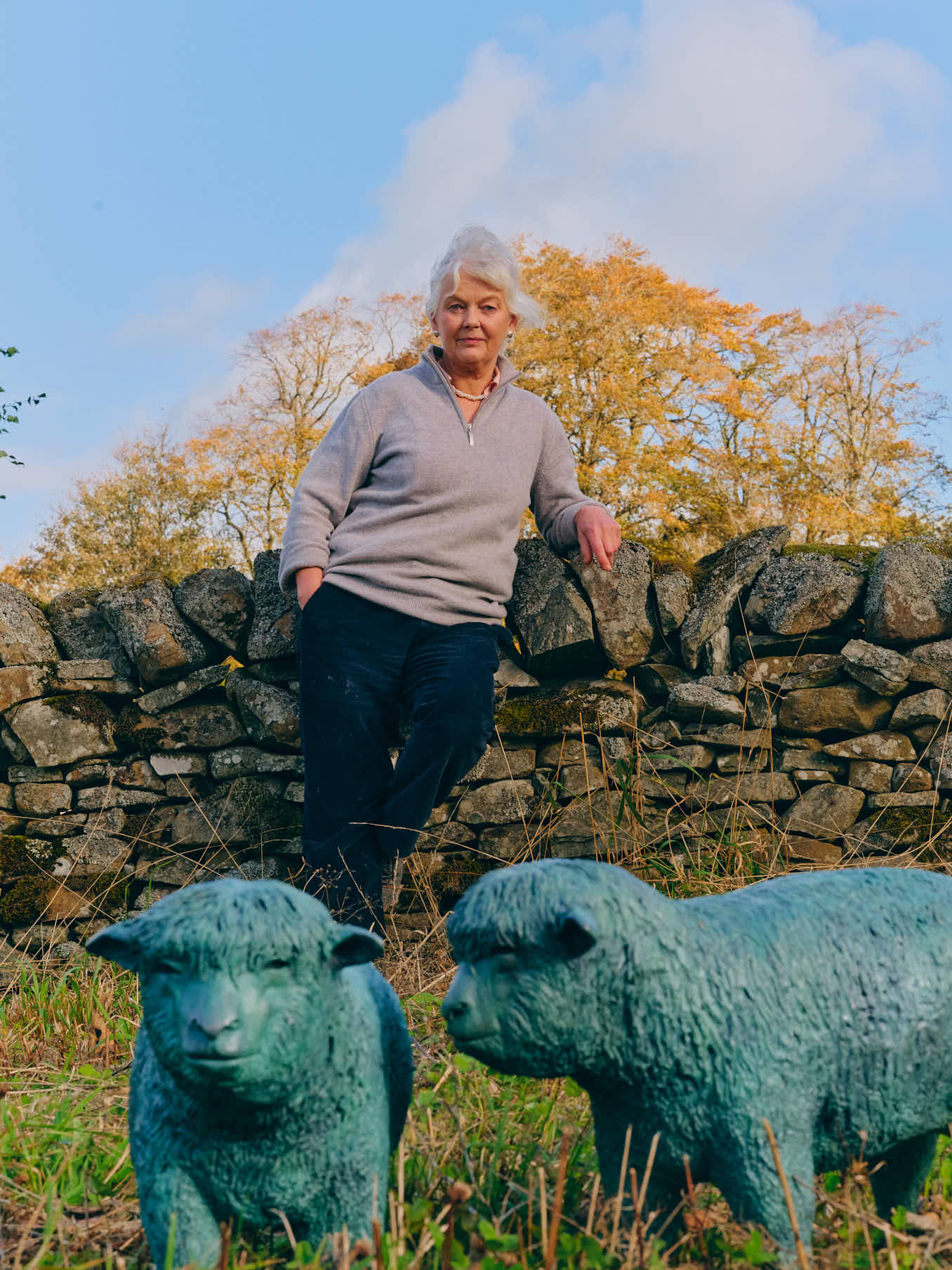
Then, I asked myself: what would Jeff Koons do? And the answer hit me: make it shocking pink.
I first submitted it to the Royal Scottish Academy (RSA), who accepted it. I priced it at £2,950 and it sold, which was fantastic. Even so, I’m no better off than I was before – financially. In every other way, I’m over the moon – although a little annoyed at myself for not pricing Dolly a bit higher. Here’s why.
Firstly, galleries take a cut from every sale (35-50% plus VAT, depending on the gallery). Some galleries also charge a submission fee and a hanging fee. Then there are all the costs of materials and processes to make the sculpture:
| Element | Cost |
|---|---|
| Clay | £50 (approx.) plus VAT |
| Foundry mould (can be used multiple times for multiple castings) | £300-£3,000 (approx.) plus VAT |
| Plaster cast (used to check the sculpture before more castings) | £250-£500 (approx.) plus VAT |
| One cast (for example, in pink resin) | £1,000 (approx.) plus VAT |
| Transport to and from the Edinburgh foundry (four round trips) | £100 |
| Transport to and from the gallery (for example, two round trips to Edinburgh) | £50 |
| Monthly studio costs (rent, energy, insurance) | £350 |
| Monthly membership costs (for example to professional bodies that highlight exhibitions looking for submissions) | £30 |
So for one sculpture, my upfront costs could be anywhere between £2,000 and £6,000 – or higher for bronze. This is without a fee for labour.
Considering I spent somewhere between 80 and 120 hours on Hello Dolly, my fee should have been between £3,600 and £5,400 (£45 per hour is what the Scottish Artist’s Union advise for an artist with more than 10 years experience). But for that first sale, my fee was less than zero.
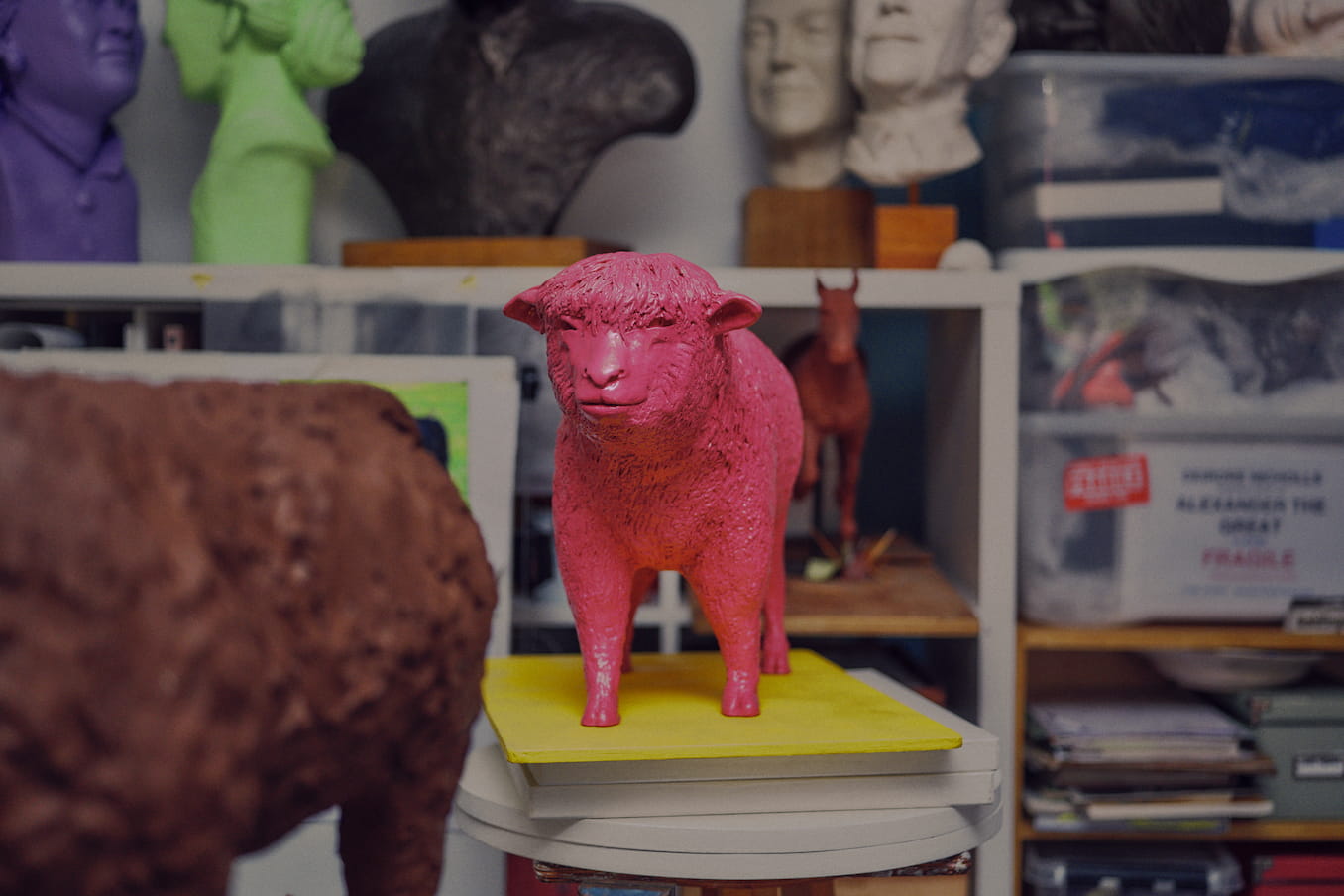
Until last year, I worked on my sculptures on and off, alongside other work. As you can see from the costs above, being a sculptor is expensive and it’s only getting pricier (the price of the raw materials needed for bronze has really shot up in the last year).
For most of my life, I’ve worked in secondary schools teaching Engineering and Design & Technology (DT). Over the years, I’ve secured various commissions, the most renowned of which is a portrait sculpture of Nelson Mandela for Glasgow City Council.
But commissions can be few and far between as a portrait sculptor – people tend to think about paintings before sculptures when they want to commission a portrait. Sculptors also tend to have higher studio and material costs than other artists, which affects the overall cost for the client (I charge £12,000-£15,000 for a lifesize portrait bust). This is why connections are everything and why I’m thrilled to be represented by Compass Gallery in Glasgow.
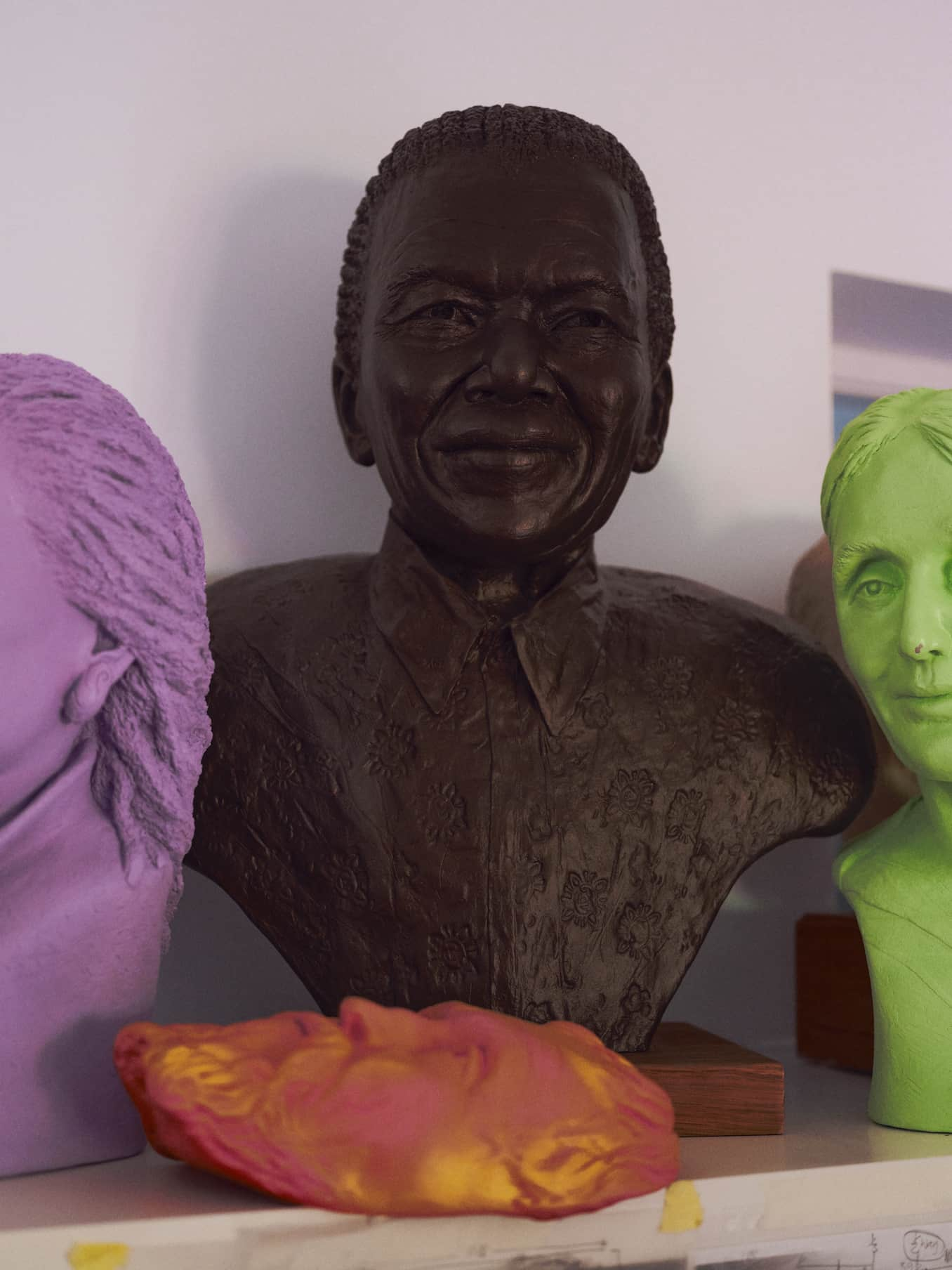
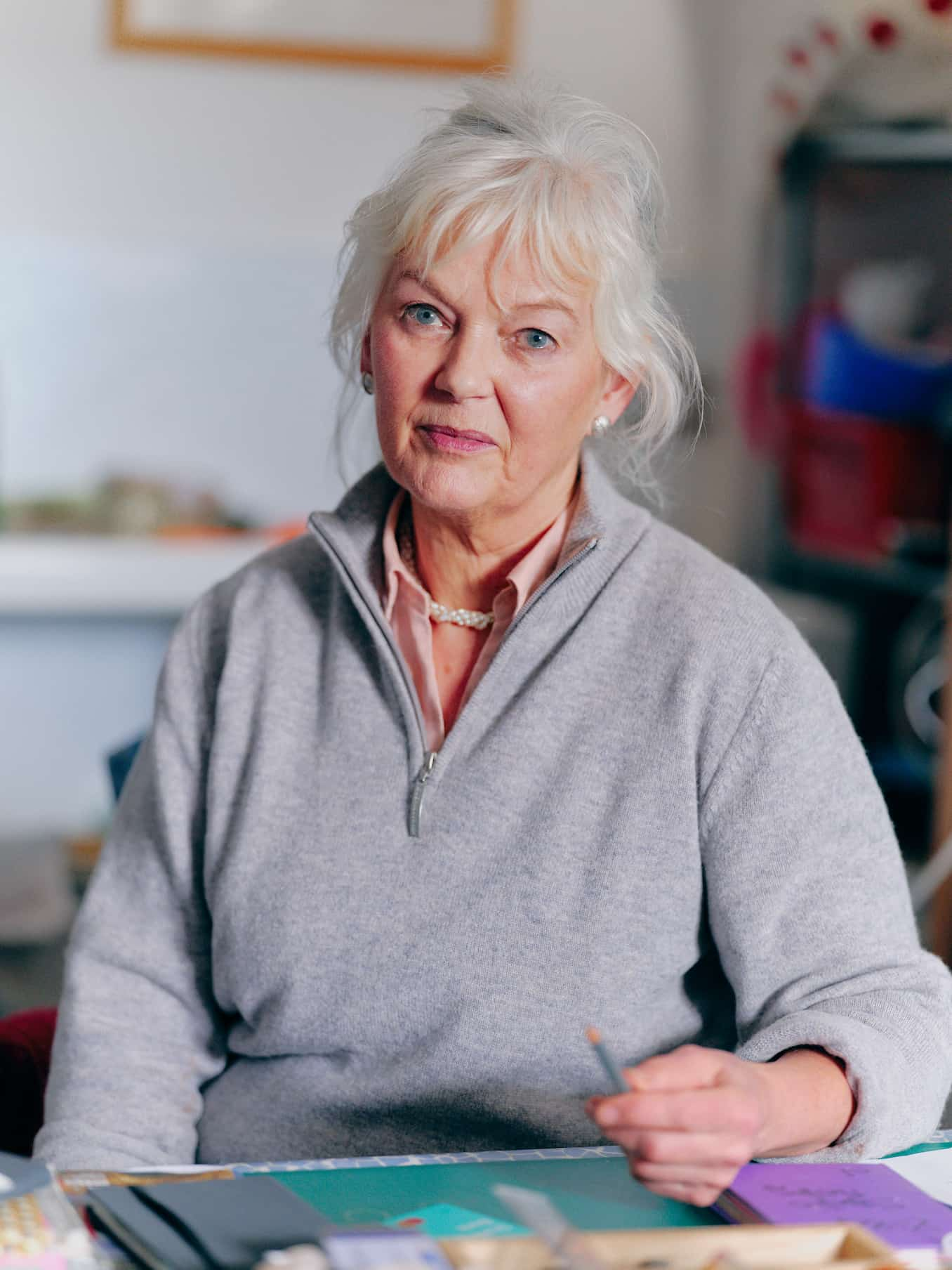
I only became a full-time sculptor 18 months ago, when I retired from teaching and moved back to Scotland, where the cost of living is lower. I was born in Edinburgh but my flat and studio is in the Borders, right out in the middle of nowhere. In a typical week, I probably see more sheep than people – especially if you include my sculptures!
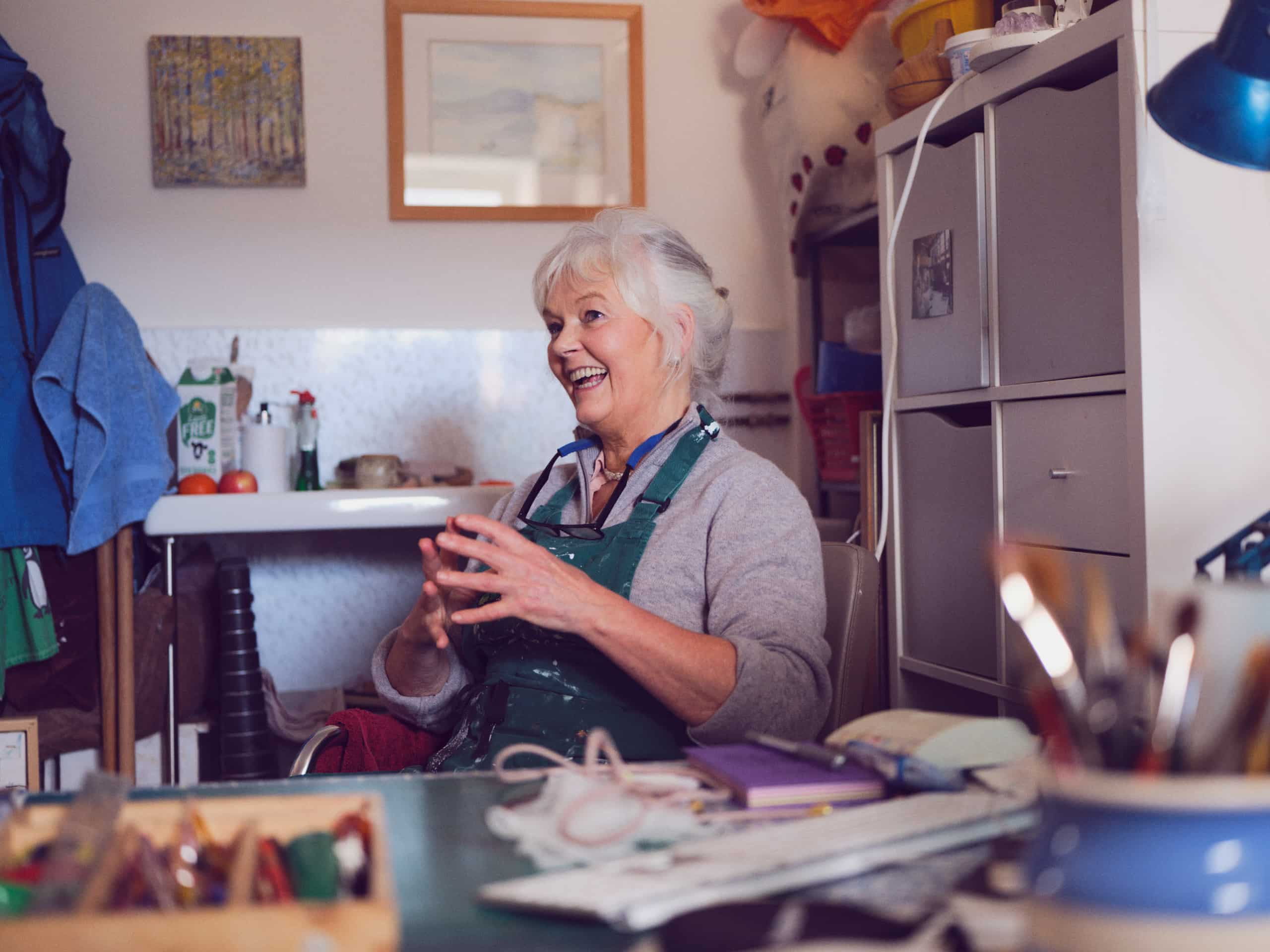
I’ve now increased the price of one pink Dolly to £3,500 to build in a fee for all the hours I’ve put in. Although anything I make will go straight into my next piece: a Belted Galloway calf. I’m planning to do it in a fresh green, similar to the colour of my Starling card, which I love.


Every time you make a new sculpture, it takes a big leap of faith. If I didn’t love it, I wouldn’t do it. Sometimes I wonder how many years I’ll be able to keep going – I have slight arthritis in my hands. But right now, I don’t want to do anything else.
I have a roof over my head, space in which to work and a growing reputation. What more could I want?
Eyeing up a watercolour course or pottery class? With our Easy Saver, you can set money aside for whatever you’re saving for and build up interest (terms and conditions apply).
Explore our Easy Saver
Property
By Otegha Uwagba

Money truths
By Justin Quirk

How Much Does It Cost?
By Hannah Summers
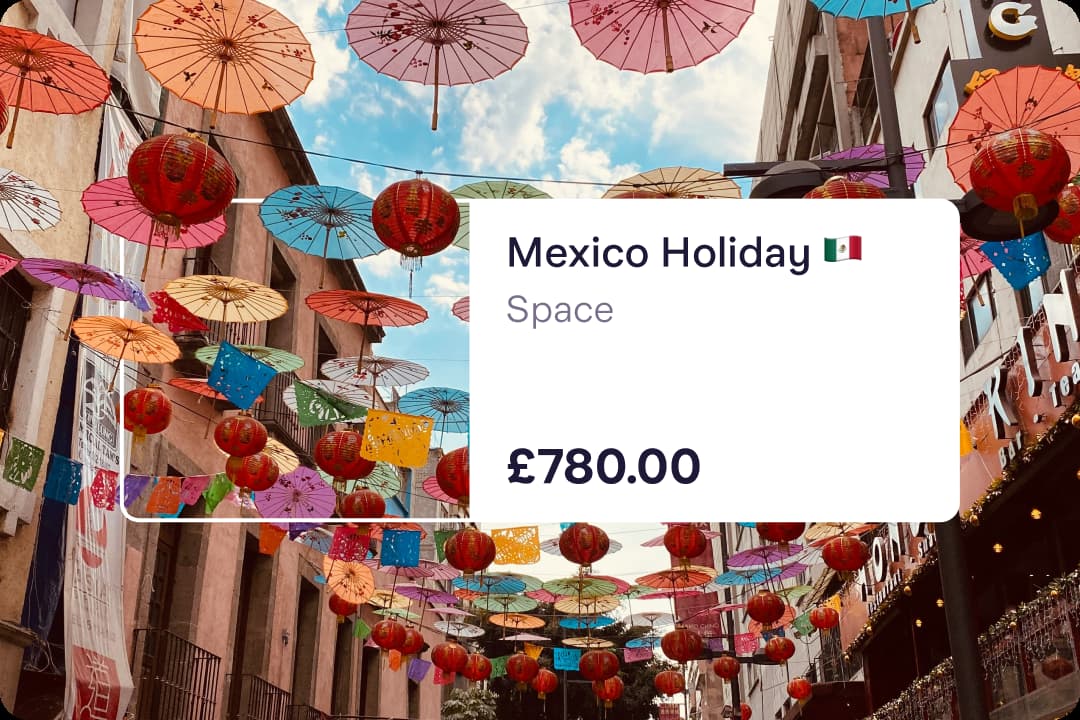
Group holidays
By Kat Storr